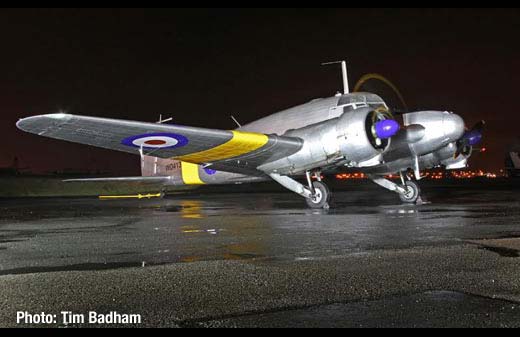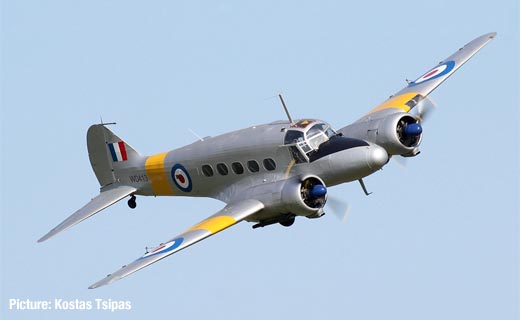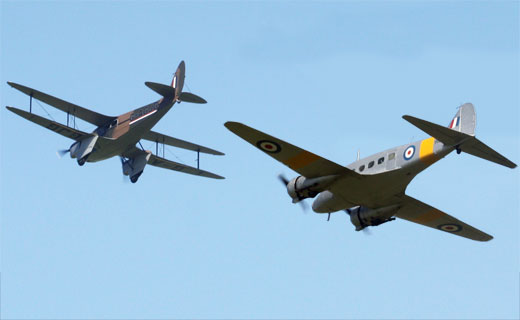
G-AMSV Returns to Coventry
An old friend returned to Coventry yesterday when G-AMSV, in her striking Indian Air force livery, landed here for extensive maintenance by our engineers. Sierra Victor was part of the Air Altantique fleet here for many years. She'll...
Baginton Air Pageant
The initial details for the Baginton Air Pageant are up on the website! As we don't have the space for a full-on air show attracting 20,000 or so people, we're aiming for low-key, themed days like this. A couple of thousand people,...
Newquay Pleasure flights
We promised we'd be back to fly in Cornwall, and here we are. We'll be heading south with a Rapide and Chipmunk to spend a week at Newquay from 25th July, with a further visit planned in August. The flights are bookable in the normal...
New Dakota Book
Geoff Jones just told me that his new book on the DC-3, released to celebrate the 80th anniversary of the Dak's appearance, is now available. The cover sports a lovely shot of G-ANAF, shot by Simon Westwood before her radome goiter was...
Nimrod Engine Run
We've just confirmed plans by NPT to run all four of the Nimrod's Rolls-Royce Speys on Saturday 9th May. We expect the thunder to start just after lunchtime. Come along and enjoy some audio power - and please dip into your pockets...

| Status: | Flying |
| Owned by: | The Classic Aircraft Trust |
| Current location: | Coventry |
| Available for pleasure flights: | No |
Avro's design team received instructions in 1934 to develop a twin-engined coastal patrol aircraft. The team leader, Roy Chadwick also designed the legendary Avro Lancaster, so it's not surprising that the Anson turned out to be, in its own way, just as outstanding.
Developed from the Avro 652, to which it bore a marked resemblance, the Anson was originally powered by two 295hp Cheetah VI engines. These were later uprated to 350, 395 and finally 420hp. The Anson 652A was armed with a single forward-firing machine gun and a further flexible gun mounted in a hand-operated dorsal turret. A small bomb load could be accommodated in the fuselage.
When the Anson went into operation in February 1936 it was the first RAF aircraft to feature retractable undercarriage. Nevertheless its fabric covering and simple systems were already outdated. It was this obsolescence that relegated it to the role of trainer and perversely brought about its enormous success. By the end of production in 1952, over 11,000 had been built. Only the Vickers Wellington was produced in greater numbers.
The retractable undercarriage is worthy of mention. Most people visualise the pilot casually flicking a switch; in the Annie he turns a hand-crank - over 140 times. As a result many pilots chose to fly with the undercarriage extended, preferring the reduced performance and higher fuel consumption to the arm-breaking labour of pulling in those heavy wheels.
The Classic Air Force Anson is a T-21, one of 252 built as a navigation trainer for the RAF. It has a single-seat cockpit without dual controls.
The last Ansons to serve were used by the Royal Afghan Air Force, who withdrew them from service in 1972.




